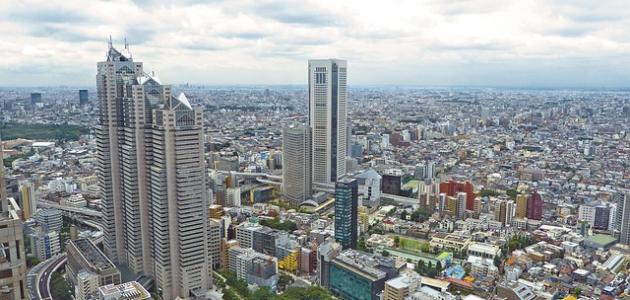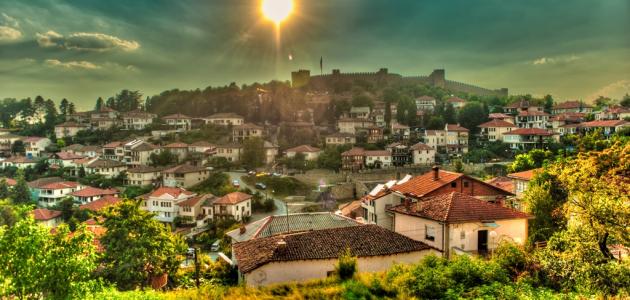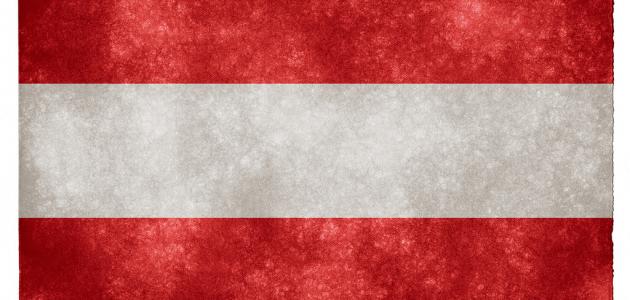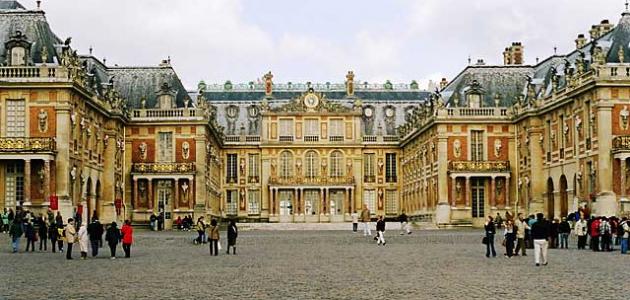Table of Contents
Beirut, the capital of Lebanon
Beirut is considered the capital of the state of Lebanon, its largest city, and its main port, and it is located on the Mediterranean coast at the foot of the mountains of Lebanon, on two hills, which are: Msaytbeh (West Beirut), and Ashrafieh (East Beirut). This is also found in remote areas near the city A narrow coastal plain extending from the mouth of the River Kalb in the north to the Damour River in the south.
History of Beirut
The first historical reference to the city of Beirut dates back to the fourteenth century, when the city was mentioned in the messages of Amarna, in addition to three messages sent from Amunera in Beirut to the Pharaohs, then the city was destroyed at a later time, and it was rebuilt in 140 BC in the Hellenistic plan, and it was called Blaudakia In Phenicia, then the Ottoman Sultan Selim I ruled Lebanon and Syria, and with the help of Damascus, Beirut became the main commercial center in Syria.
Beirut also developed strong trade and political relations with many European powers, especially France, by the mid-nineteenth century, and these countries took care of Lebanese silk among all other exports, which led to making it a major industrial center and an important port, and Beirut has become The capital of Syria in 1888 AD, and it was a global city at that time, but after the collapse of the Ottoman Empire after the First World War, Lebanon became part of the French colonies, until it gained independence in 1943 AD, and Beirut declared its official capital.
Tourist areas in Beirut
There are many tourist attractions in Beirut, including:
- Star Square: The Nejmeh Square is located in the center of Beirut, and it was part of the comprehensive reconstruction process that took place in Beirut after the civil war. This square contains a museum, parliament, and two cathedrals, and this is also one of the centers of activities in the city.
- Sursock Museum: The Sursock Museum is considered one of the largest modern art museums in Beirut, and home to Lebanese culture. It was built by the Sursock family in the nineteenth century, and it is a private villa that turned into a source of tourist attraction in the city, except that the museum is an example of architecture Ancient Lebanon.
- Raouche Rock: The Raouche Rock is located in the sea near the historic Raouche area, and is considered one of the important natural Lebanese treasures. Evidence of the presence of ancient man in Lebanon has been found in the area surrounding the rocks, and the visitor can enjoy the wonderful views in this area, and stroll on the Raouche promenade.
- Beiteddine Palace: The construction of the Beiteddine Palace began in 1788 A.D. It took 30 years to build, and this palace is home to an annual museum and music festival, and a visitor can see this place that reflects Lebanese culture in a great way.








